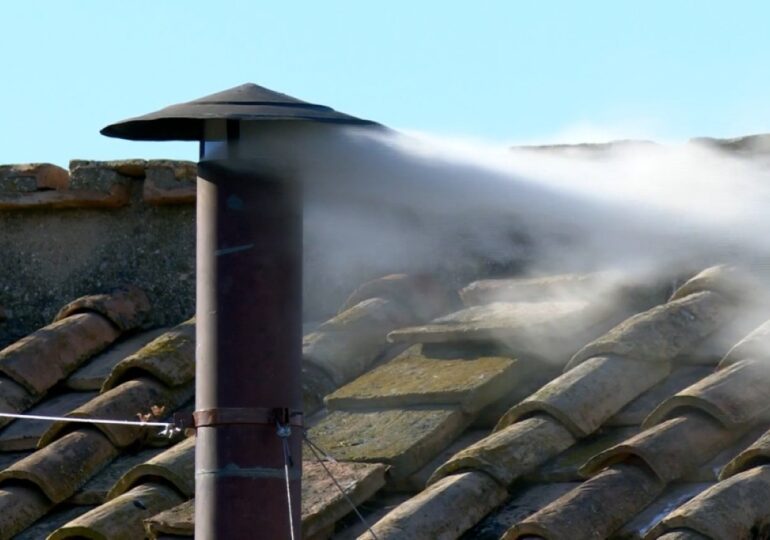White smoke emerged from the chimney above the Sistine Chapel, indicating that a new pope has been elected on the second day of the conclave.
The crowd cheers in St. Peter’s Square, and the bells of the Vatican announce the appointment of the 267th pope in history.
Two more rounds of voting were scheduled for Thursday afternoon. Around 6:30 p.m., a new round of voting began, resulting in the election of the new pontiff.
16 days after the death of Pope Francis, the 133 cardinals returned to the conclave on Thursday morning after the first round of voting, which took place on Wednesday evening, did not reach a consensus.
Specifically, two-thirds of the votes in favor of one of the cardinals needed to take the reins of the Catholic Church did not come together. At least 89 votes are required to designate the pope.
On the second day of the conclave, the cardinals had scheduled four rounds of voting to elect the new pope, two in the morning (11:30 and 13:00 Romanian time) and two in the afternoon (18:30 and 20:00 Romanian time).
Over two weeks after the death of Jorge Bergoglio, the over 1.4 billion Catholics and others are eagerly awaiting the decision of the cardinals.
The conclave tasked with choosing the future pope in the utmost secrecy began Wednesday afternoon at the Vatican, where the cardinals locked themselves in the Sistine Chapel following a very solemn ceremony, reports AFP.
How the conclave votes
The election takes place in the Sistine Chapel, in a process conducted behind closed doors and under strict control – without access to phones, internet, or the press.
The vote is secret and requires a qualified majority of two-thirds of the votes for a cardinal to be elected pope.
Four rounds of balloting are held each day of the conclave, except for the first day, which includes only one round.
White smoke
At the end of each voting session, the ballots are burned, and the color of the smoke announces the result: black if a pope has not been elected, white if the vote is decisive.
The visual signal is complemented by the sound of the great bell of St. Peter's Basilica, and after the election, the new pope is officially presented from the basilica's balcony, with the famous Latin formula: "Habemus Papam."
According to Reuters, the elector cardinals come from 71 countries, mostly from Europe (53), but also from Asia (23), Africa (18), South America (17), North America (16), Central America (4), and Oceania (4). The largest national bloc is the Italian one, with 17 cardinals, followed by the USA (10) and Brazil (7).
The conclave is one of the oldest and most secretive electoral processes in the world, and its duration varies – the most recent one in 2013, which elected Pope Francis, lasted two days and required five rounds of balloting.

